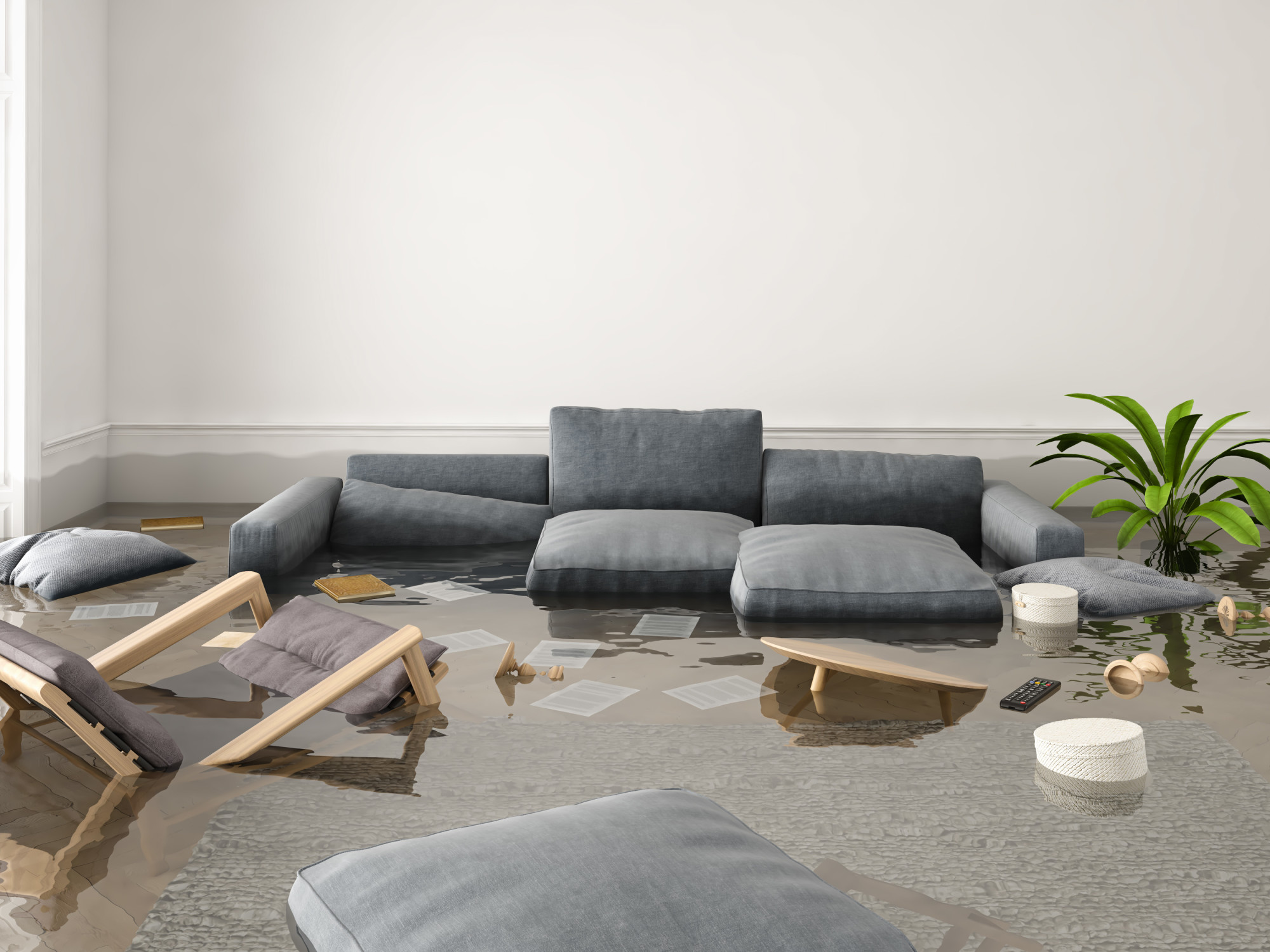
If your home has suffered water damage, you’re not alone. It can affect anybody. In a cruel twist of fate, water damage forced the closure of the Atlanta Premier Exhibition Centre during an exhibition of artifacts from the Titanic!
When it comes to water damage repair, there are some tips you should know. Read on to learn all about what you should do if you have water damage.
Water Damage Repair Starts Now
Whatever the cause of your water damage the important thing is to act quickly. Water damage can begin to have permanent serious consequences for you, your family and your home within 24 hours. As well as the damage to your property, there are also health risks.
Assuming the water source is no longer a threat and you have shut down any electricity supply, now is the time to act to prevent further damage and start repairs. Save any valuables and undamaged belongings.
Check Insurance
It’s as well to check your insurance. If you have cover for the repair of water damage you may have terms in your insurance that you must follow in order to be able to claim from your insurance. Make sure that you don’t invalidate your insurance simply by not following their instructions.
Take photographs of the damage. They may be useful later.
Diagnose the Cause
Water damage can be from three main types of water. Each type requires a different response.
Clean water, from leaking pipes, rain or condensation is the easiest water damage to clean up. Once you have identified the source and prevented any further damage, you may be able to mop it up and remove any damaged materials yourself. You probably won’t need specialized help unless there has been a lot of water.
Grey water is slightly dirty water. It comes from appliances such as a washing machine or dishwasher. Again, you can probably clean small spills up yourself if it is recent but if this has backed up, you need help.
Sewage or flood water from rivers is known as black water. This contains bacteria and other waste products that can be hazardous to health. Specialized personal protective equipment and methods are needed to handle black water damage.
Prevent Mold and Mildew
Damp building materials are a breeding ground for mold and mildew. This can start growing very quickly and begin to damage the fabric of your building as well as threaten your health. Mold can bring on respiratory conditions and is especially harmful to children.
Drying out small areas may just need good ventilation. Large areas are best dried quickly using a large capacity dehumidifier.
Remove Waste Materials
Any materials that have been damaged by the water should be removed. Take care to do this safely. This is especially true of porous materials such as carpets or insulation. It is unlikely to be recoverable if it has been damaged, especially by black water.
Prevent Infection
It’s important to prevent infection from black water-borne bacteria. Do this by disinfecting all areas affected by the water. A bleach-based disinfectant is most effective.
Structural Repairs
Once the initial drying and decontamination are complete, it’s time to asses any structural damage. Ceilings, floors, and walls may all need repairs especially if they have been weakened by waterlogging. Take professional advice on what needs to be done and how.
Act Now
Water damage repair can be as simple as drying out a carpet after a burst pipe or as complex as recovering from a major flood. Assess the task and if necessary consult experts. Above all, act now.
For 24/7 advice on water damage repair in San Diego County contact the experts.
